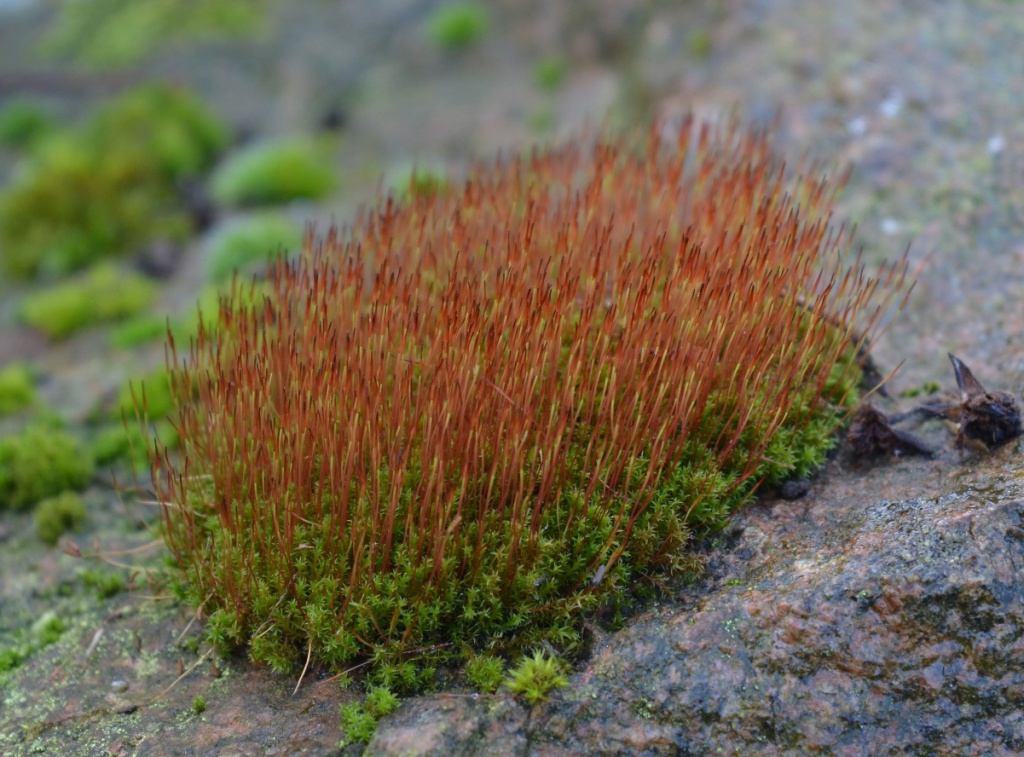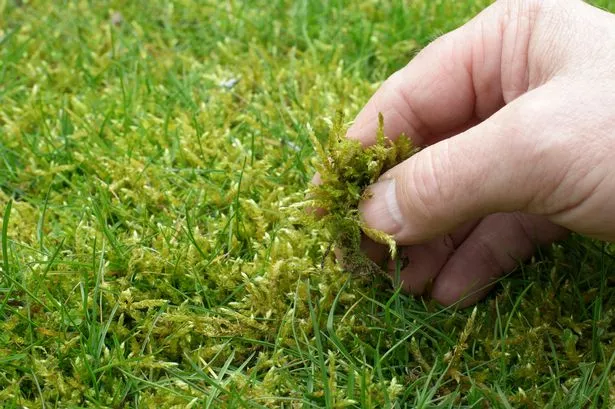There are three main types of moss in turf.
Type 1: Hypnum and Eurhynchium species
Fern-like mosses usually trailing amongst the grass stems. Present in many types of turf but characteristic of moist, rather spongy swards where there is a soft surface mat and a quantity of loose litter. Such mosses are often a problem in turf.

Type 2: Ceratodon purpureus and Bryum species
Tufted or mat-forming mosses that are particularly common on excessively acid soils. Ceratodon purpureus is common and is the so-called “winter moss”, as it appears to die in spring when native growth starts, only to reappear in the autumn. Tends to become progressively worse unless checked in turf.
Although it is generally assumed that moss infestation in turf is a direct result of acid, waterlogged and compacted soil conditions, some species favour chalky or alkaline soils. Others can be found on light, sandy soils. Where moss is a persistent problem, it often indicates some fundamental weakness in the turf and treatment with a moss killer is often only a short-term answer.
From the ‘Causes of Moss Invasion list’’ in educational card #35 it should be obvious that persistent moss problems are an indication of some fundamental weakness in a turf area. The presence of significant quantities of moss for long periods each year suggests that the turf may be excessively acid, lacking in fertilizer dressings or excessively wet with a small percentage of actual grass content.

Type 3: Polytrichum species
Upright variety of moss, most common on dry mounds surrounding golf greens etc. Not normally very troublesome, except occasionally under acid conditions.
Mosses are quite distinct, possessing a simple or branched delicate brown stem, which bears directly, and on its branches, thin green filamentous leaves. The plant is anchored to the soil by means of rhizoids, (root-like structures similar to root hairs on flowering plants). The rhizoids also absorb water and mineral salts that are transported via the stem to the leaves. The leaves are delicate, thin and flat and only one cell thick except at the midrib. Because the leaves are thin, carbon dioxide can enter them more easily, resulting in more efficient use of poor light, but the frailty of the leaves also makes mosses very susceptible to drought.
A few mosses such as Polytrichum have extra rows of cells, making the leaves harder, drought-resistant and more difficult for chemicals to penetrate. Along with broad-leaved weeds, moss is the commonest invader of turf surfaces. It will quickly colonise a turf if conditions are favourable, preventing the establishment of the turf grasses.

There are over 12,000 species of moss and algae, of which over 50 species are found to affect grass. Mosses are primitive non-flowering plants that have no root structure and rely on a sufficient moisture environment being present for reproduction and survival. The majority of them are tolerant of acidic conditions and are stimulated by cool wet humid conditions. Rapid colonisation of moss and algae’s usually occur during autumn and winter months when soils are lying wet and saturated for long periods of time. Particularly when, little or no regular maintenance has been undertaken.
